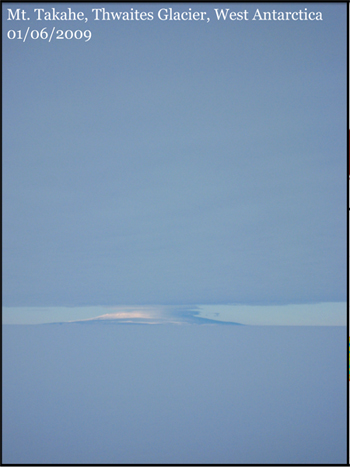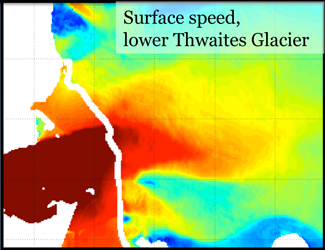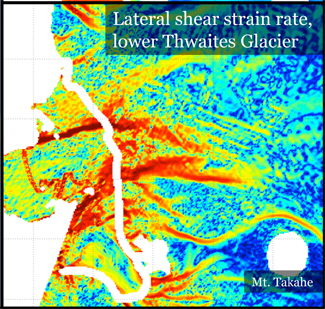Their Relationship to its Ongoing Acceleration
By:
Joe MacGregor
Post-doctoral Fellow, University of Texas Institute for Geophysics
When: |
Friday, March 26, 2010, 10:30 a.m. to 11:30 a.m. |
Where: |
BEG Conference Room, 10100 Burnet Road, Bldg 130-ROC, Austin, Texas 78758 |
Host: |
Gail Christeson, UTIG |
Thwaites Glacier is one of the largest, fastest flowing, and fastest changing glaciers in Antarctica. Understanding its present behavior and potential for collapse, following the marine ice-sheet instability hypothesis, is a primary concern for glaciologists today. Recent surveys (e.g., AGASEA) and modeling studies have illuminated critical boundary conditions, but its essential dynamics, and their relationship to its ongoing acceleration, have not yet been fully explored. In this seminar, I will present preliminary results from a force balance of Thwaites Glacier using a variety of remote-sensing and aerogeophysical data, and also compare these results to those from the better-studied Ross Ice Shelf ice streams. Unlike margin-supported ice streams, Thwaites Glacier and its six tributaries are mostly supported by basal drag. Its relatively weak eastern shear margin, which separates Thwaites Glacier from the western tributaries of the rapidly eroding Pine Island Glacier, is not well constrained by bed topography. Outward migration of this ambiguous margin could lead to significantly increased discharge from both glaciers. Thwaites Glacier's massive main trunk contains internal shear zones that delineate a central region of fast flow (> 500 m/a). Near the grounding line, lateral drag due to those shear zones represents a larger relative component of the force balance, which may explain the recent widening of the fast-flow region near the grounding line, coincident with the loss of buttressing from an unconfined ice tongue. This study of Thwaites Glacier’s dynamics provides clues for explaining the glacier-wide multi-decadal acceleration of both grounded and floating ice, and provides valuable context for modeling its future behavior.







